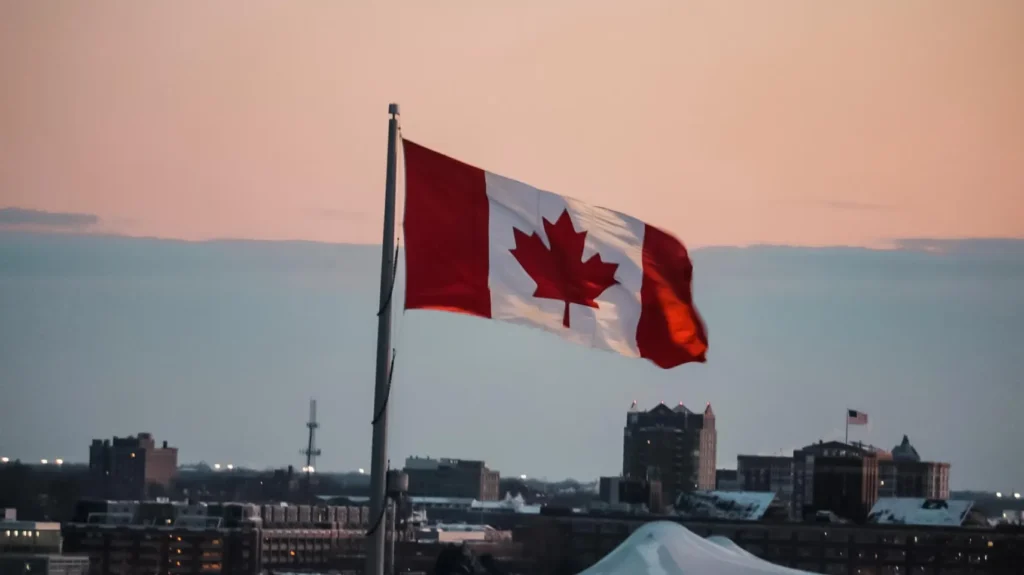TRREB: GTA Competition increases due to tight market conditions
TRREB: GTA Competition increases due to tight market conditions In March 2023, the Greater Toronto Area (GTA) housing market tightened. Compared to March 2022, sales accounted for a higher percentage of listings, indicating that buyer rivalry is increasing. For the first time since May 2022, the average selling price exceeded the average list price in Toronto. “As the first quarter progressed, Toronto Regional Real Estate Board (TRREB) members increasingly reported that buyer competition was heating up in numerous GTA neighborhoods.” “The most current numbers support this,” TRREB President Paul Baron remarked. “Latest consumer polling also indicates that demand for owning homes will remain strong this year.” As high average rents come more nearly in line with the cost of ownership, expect first-time buyers to lead this rebound.” In March 2023, GTA REALTORS® reported 6,896 sales through TRREB’s MLS® System, a 36.5 per cent decrease from March 2022. Actual and seasonally adjusted sales increased month over month. New postings were likewise falling year over year, albeit at a significantly higher yearly pace. This indicates that market conditions are tighter than they were last year. “Lower inflation and financial market uncertainty have caused medium-term bond rates to trend downward.” This has resulted in decreased fixed-rate borrowing rates this year and will continue to do so. Reduced borrowing rates will assist with affordability, particularly when tighter market circumstances push up selling prices in the second half of 2023,” TRREB Chief Market Analyst Jason Mercer said. The composite benchmark for the MLS® House Price Index was down 16.2 percent year over year, but up month over month on both an actual and seasonally adjusted basis. Similarly, the average selling price fell 14.6% year on year to $1,108,606. On both an actual and seasonally adjusted basis, the average selling price increased month over month. “As population growth accelerates due to immigration, first-time buyer intentions will stay robust.” Since the quantity of available properties for sale is projected to remain limited, a considerable rental supply will be required. Sadly, we do not have this option at the moment. “Over the next several years, we need to see a policy emphasis on bringing more purpose-built rental units online,” TRREB CEO John DiMichele said. Related posts 11 April 2023 TRREB: GTA Competition increases due to tight market conditions 08 April 2023 Why Canadian Homeowners Aren’t Selling Why Canadian Homeowners Aren’t Selling There hasn’t been the usual rush of vendors at Canada’s… 08 April 2023 Toronto Real Estate Correction Pauses, Prices Upto $27k Toronto Real Estate Correction Pauses, Prices Upto $27k Is the Greater Toronto real estate market overpriced?… 05 April 2023 Canadian real estate prices will “rip” higher: SCOTIABANK Canadian real estate prices will “rip” higher: SCOTIABANK Canadian real estate may be sluggish… 05 April 2023 After just 86 days, Canada quietly reversed sections of its foreign buyer ban After just 86 days, Canada quietly reversed sections of its foreign buyer ban After hours of enforcement,… 31 March 2023 Non-Canadians can buy property more easily Non-Canadians can buy property more easily Certain limitations on foreigners buying residential property… 21 March 2023 What You Should Know About the Toronto Vacant Home Tax What You Should Know About the Toronto Vacant Home Tax The Toronto Housing Affordability Task Force has…
TRREB: GTA Competition increases due to tight market conditions Read More »













